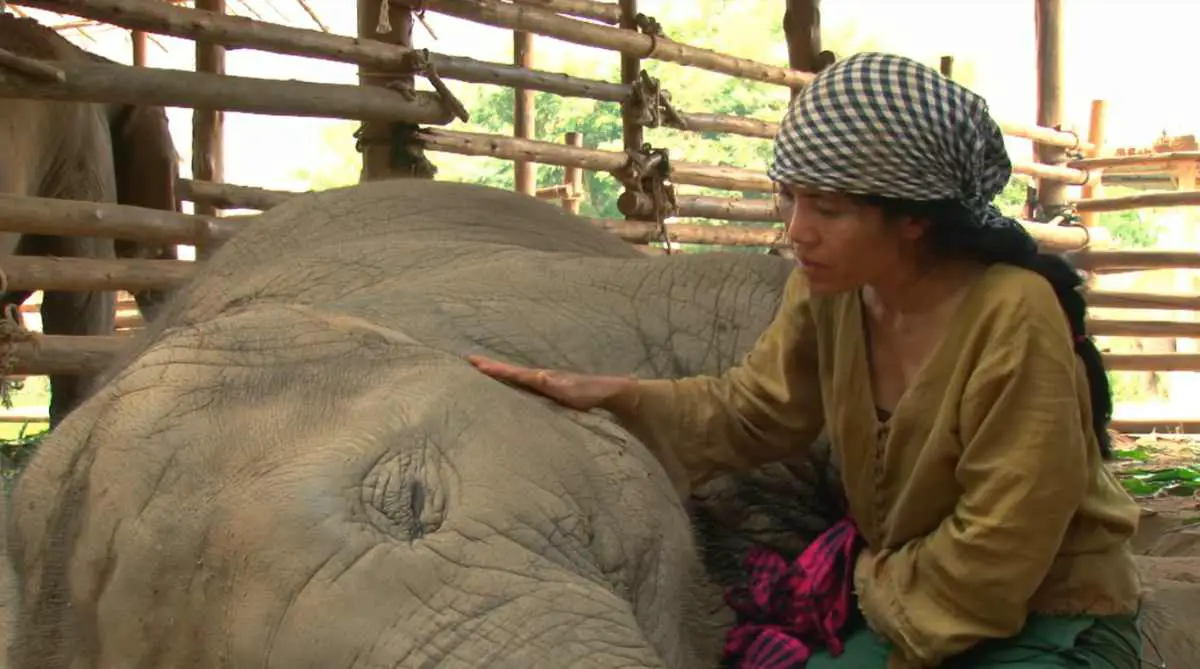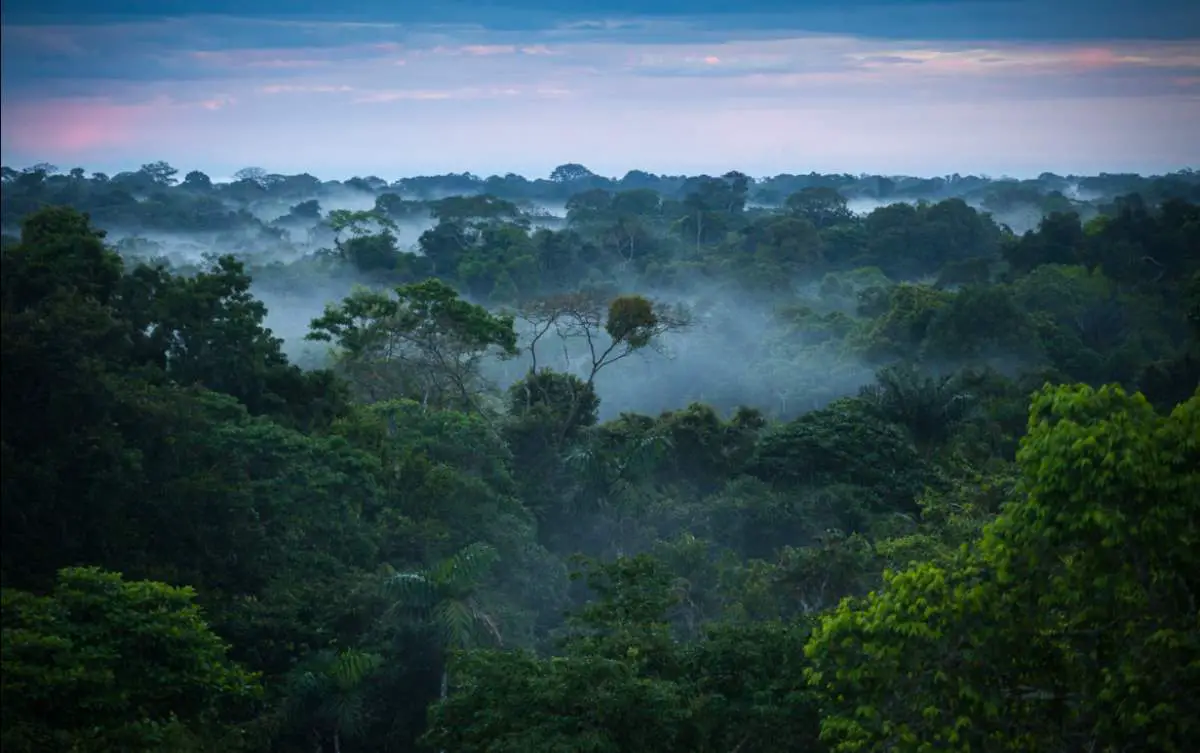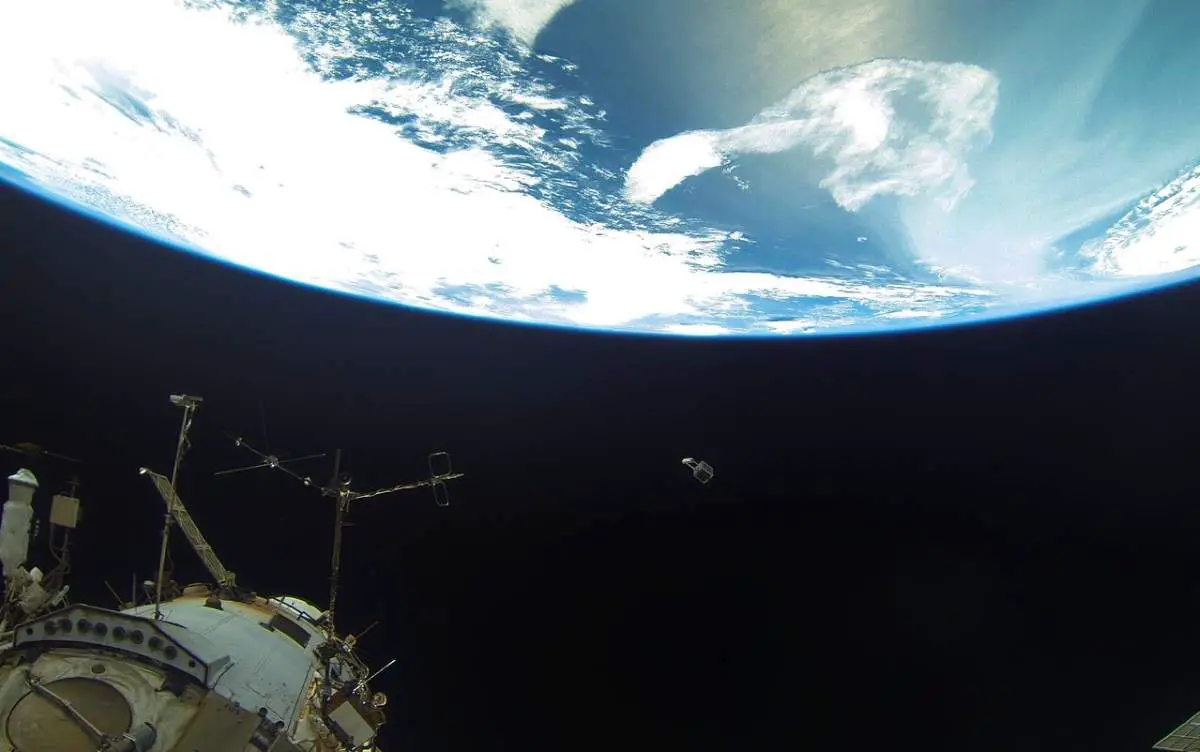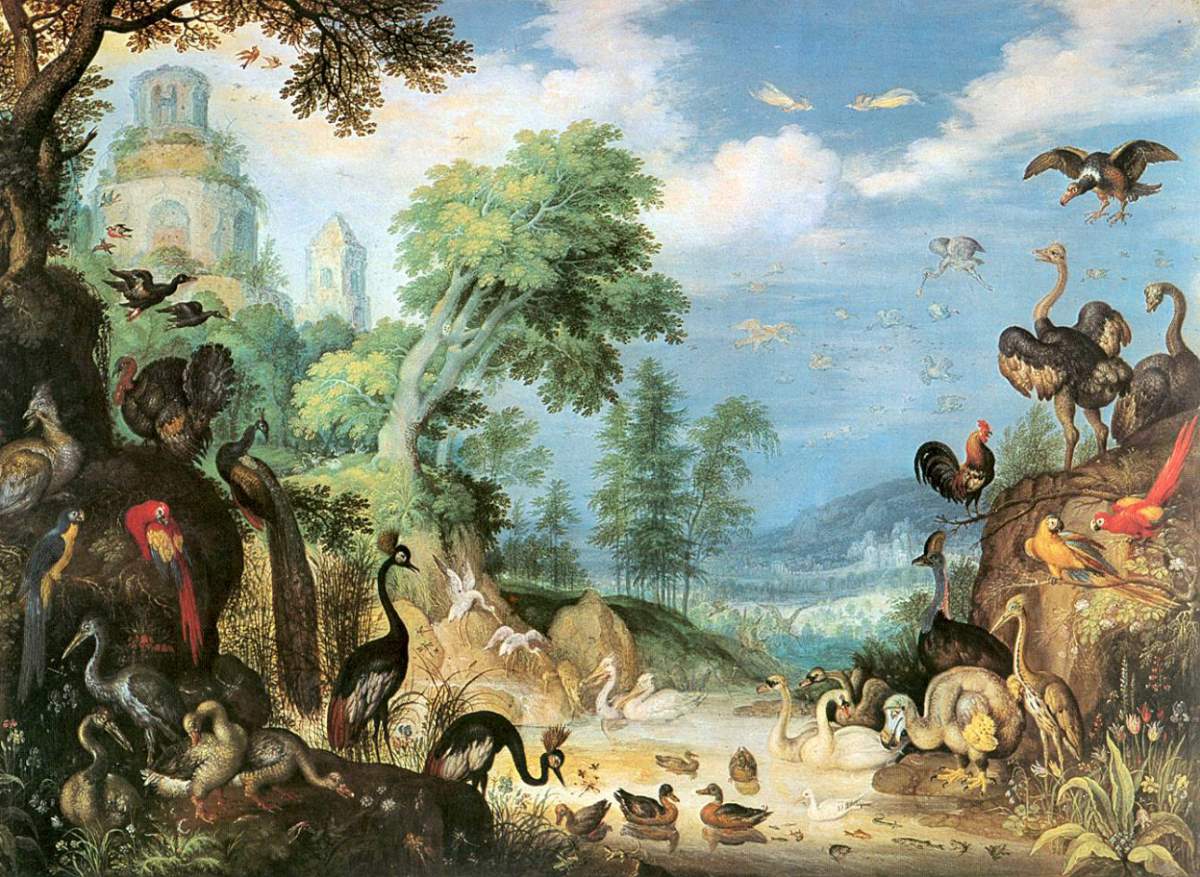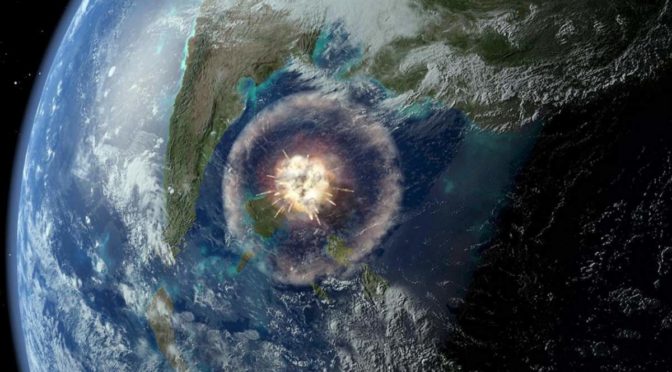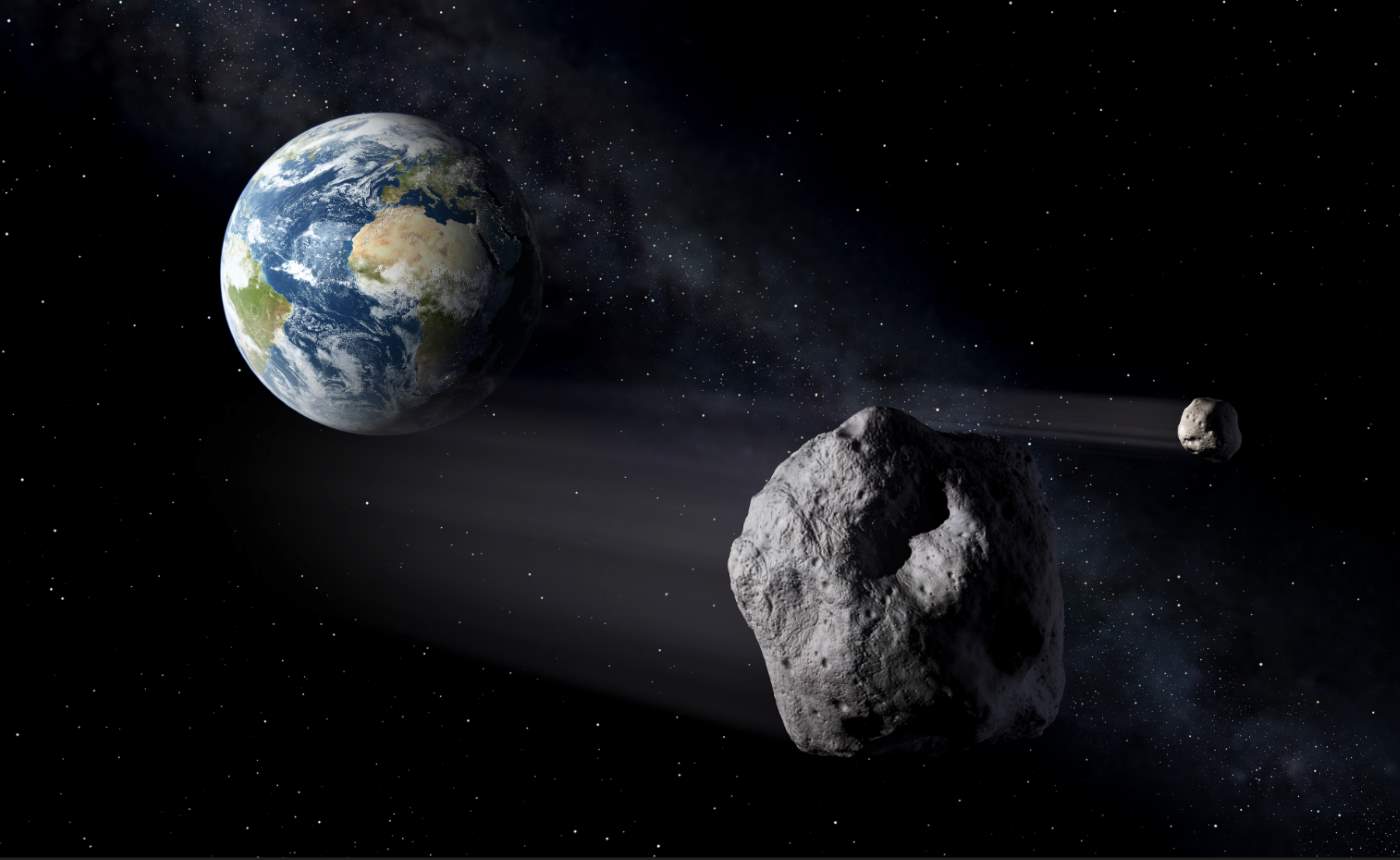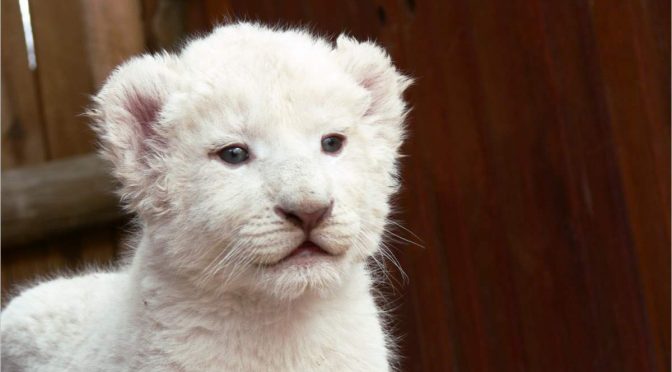When I hike up into the hills around Salt Lake City, above the Bonneville Shoreline Trail where the sagebrush gives way to the shade of the forest, mastodons are on my mind. Immense bones pulled from a sinkhole on the nearby Wasatch Plateau placed Mammut americanum in the area about 7,500 years ago – practically yesterday from the perspective of Deep Time. It might sound strange to say that I miss creatures I wasn’t around to see in the first place. But still, I mourn their loss as I plod through the woods, imagining their low rumbles and the splintering crashes as they browsed among the trees.
A small but growing number of scientists say that they could reverse that loss through de-extinction – genetic resuscitation in the style of the sci-fi yarn Jurassic Park. The idea is also now being marketed as conservation’s great hope to forestall the loss of biodiversity caused by humans. Biological Xeroxing was held up as one of the possibilities for species resuscitation at a National Geographic TEDx event on de-extinction in 2013. That same year, the discovery of a particularly juicy mammoth carcass, dripping with what appeared to be blood, sparked a flurry of reports assuring readers that the return of the mammoth is nigh. For if there’s blood, there’s DNA, and if there’s DNA, then we can have the Ice Age beast back, right?
